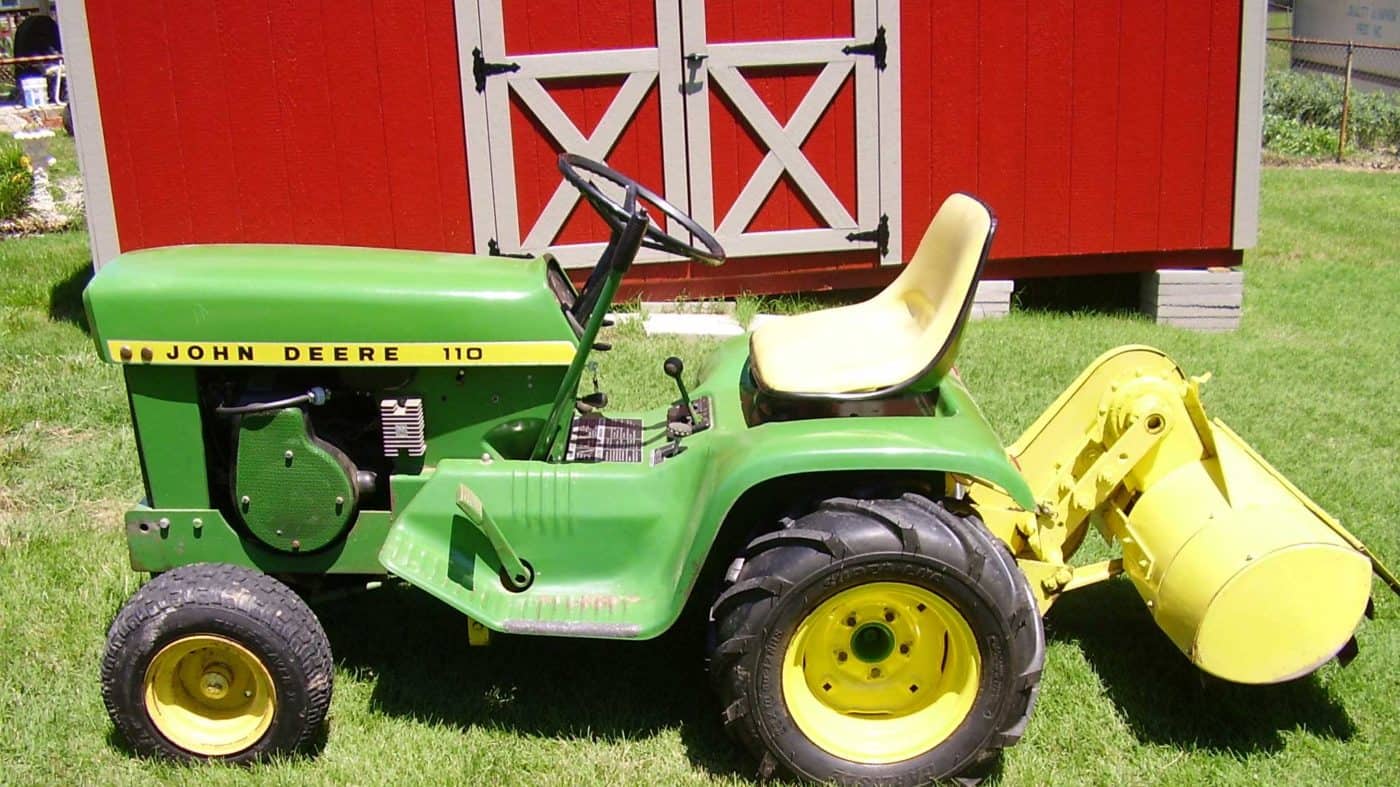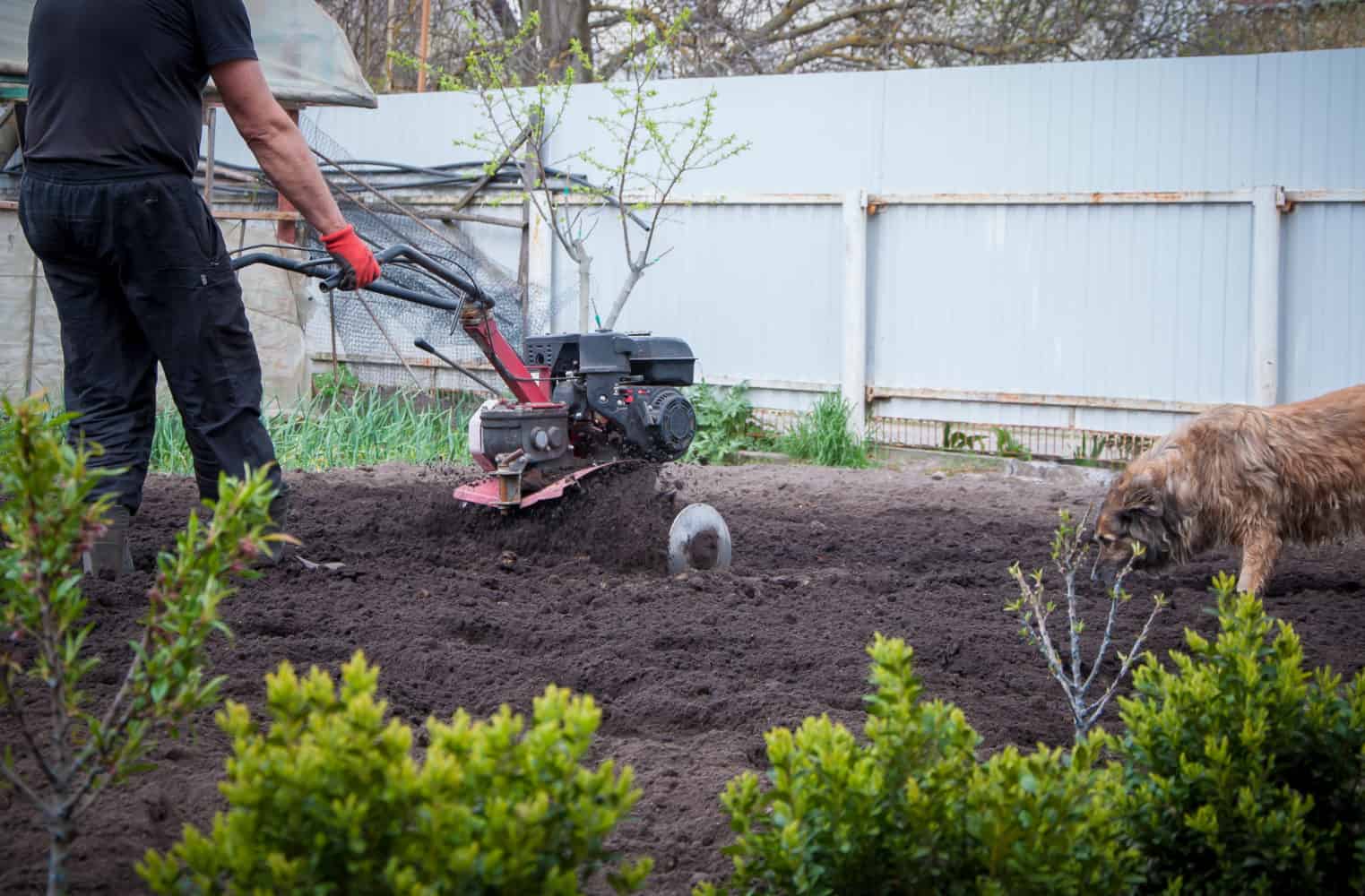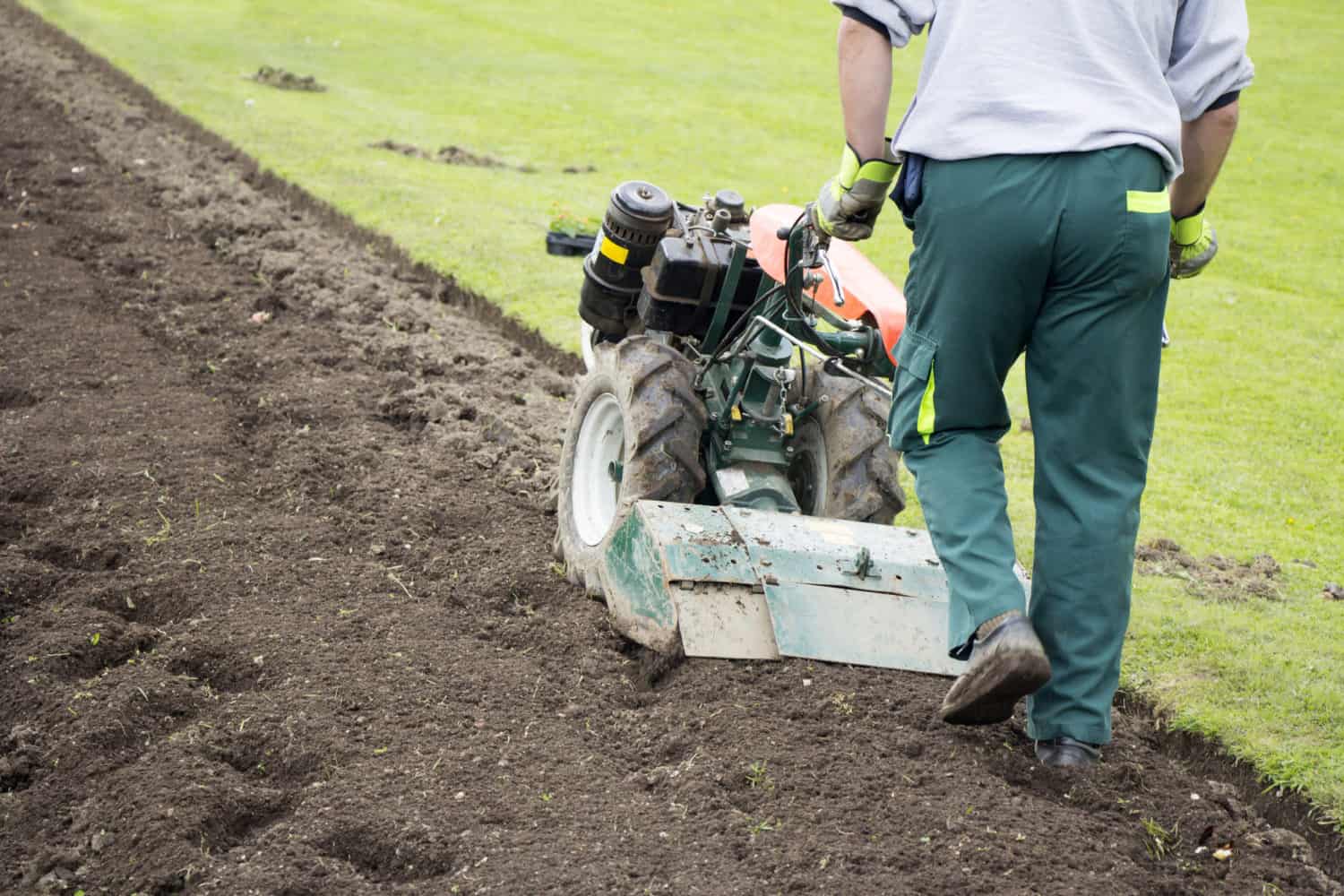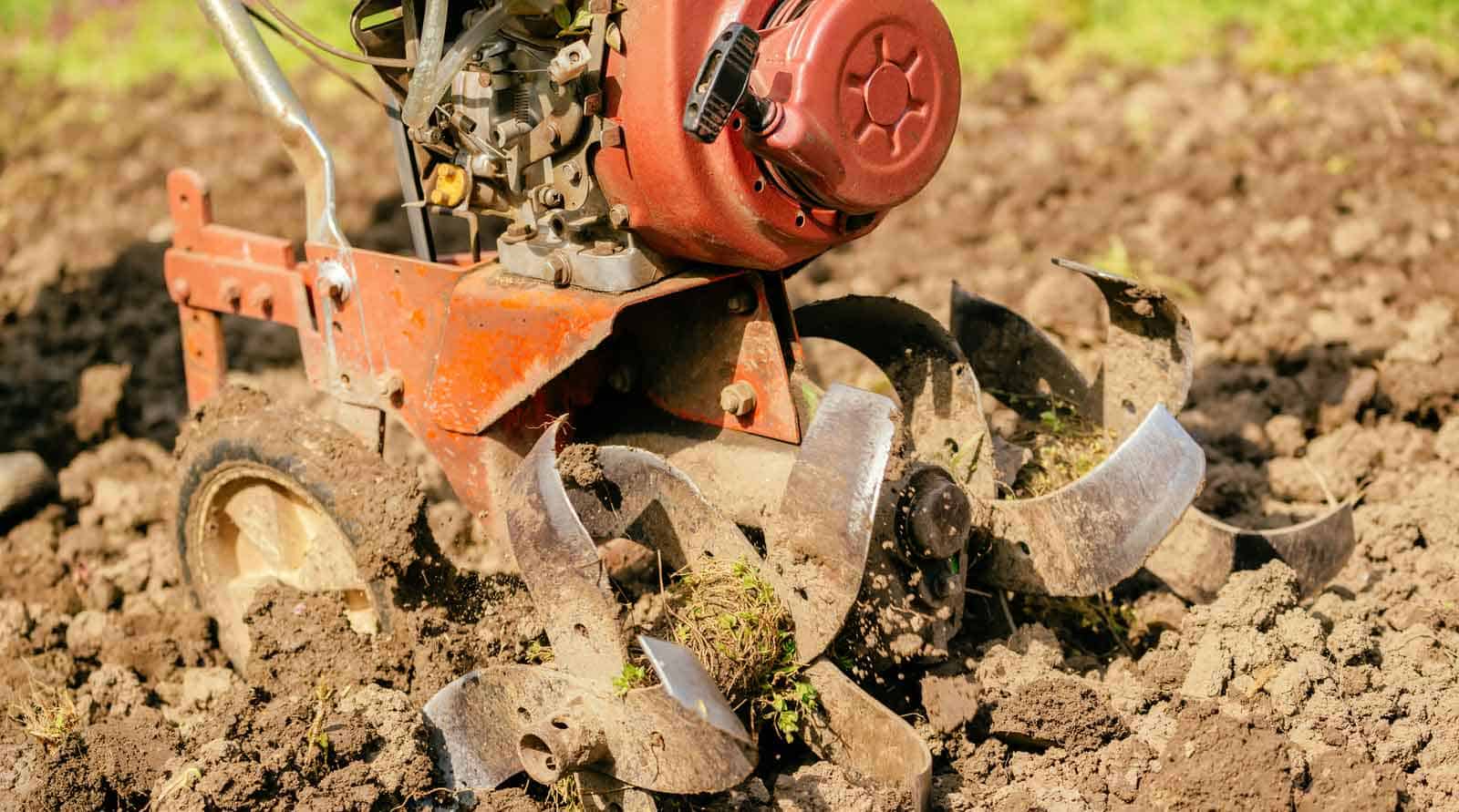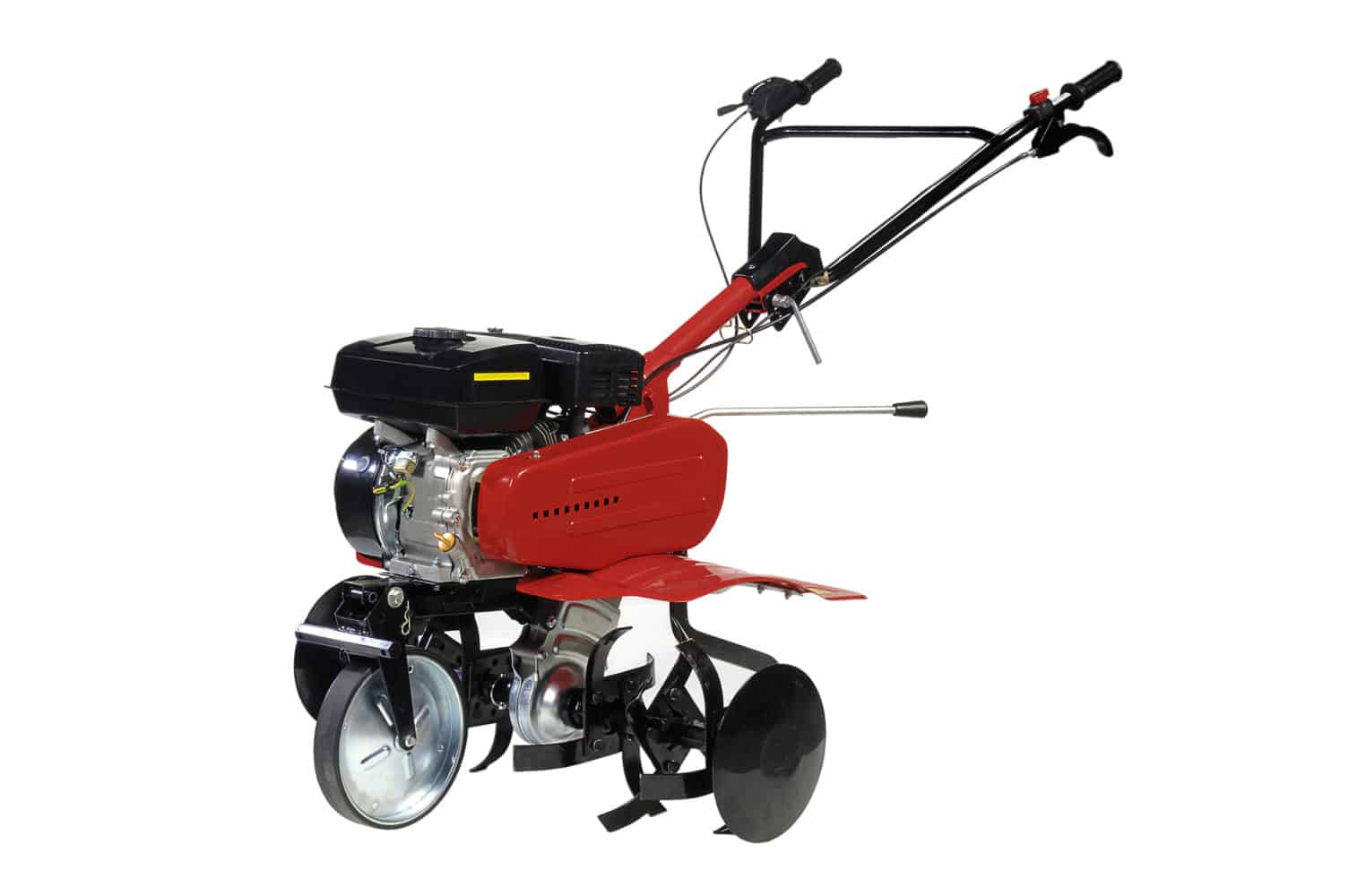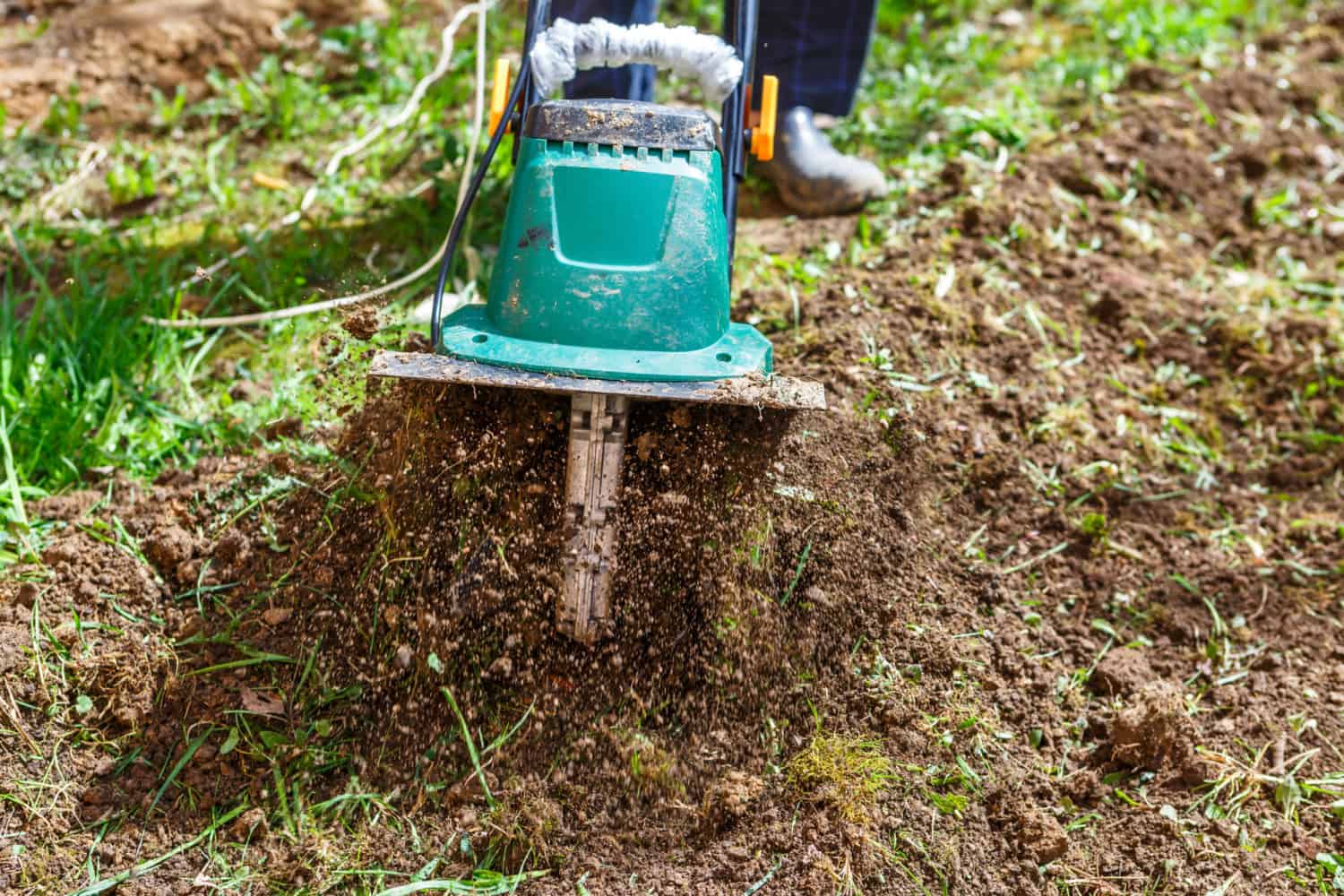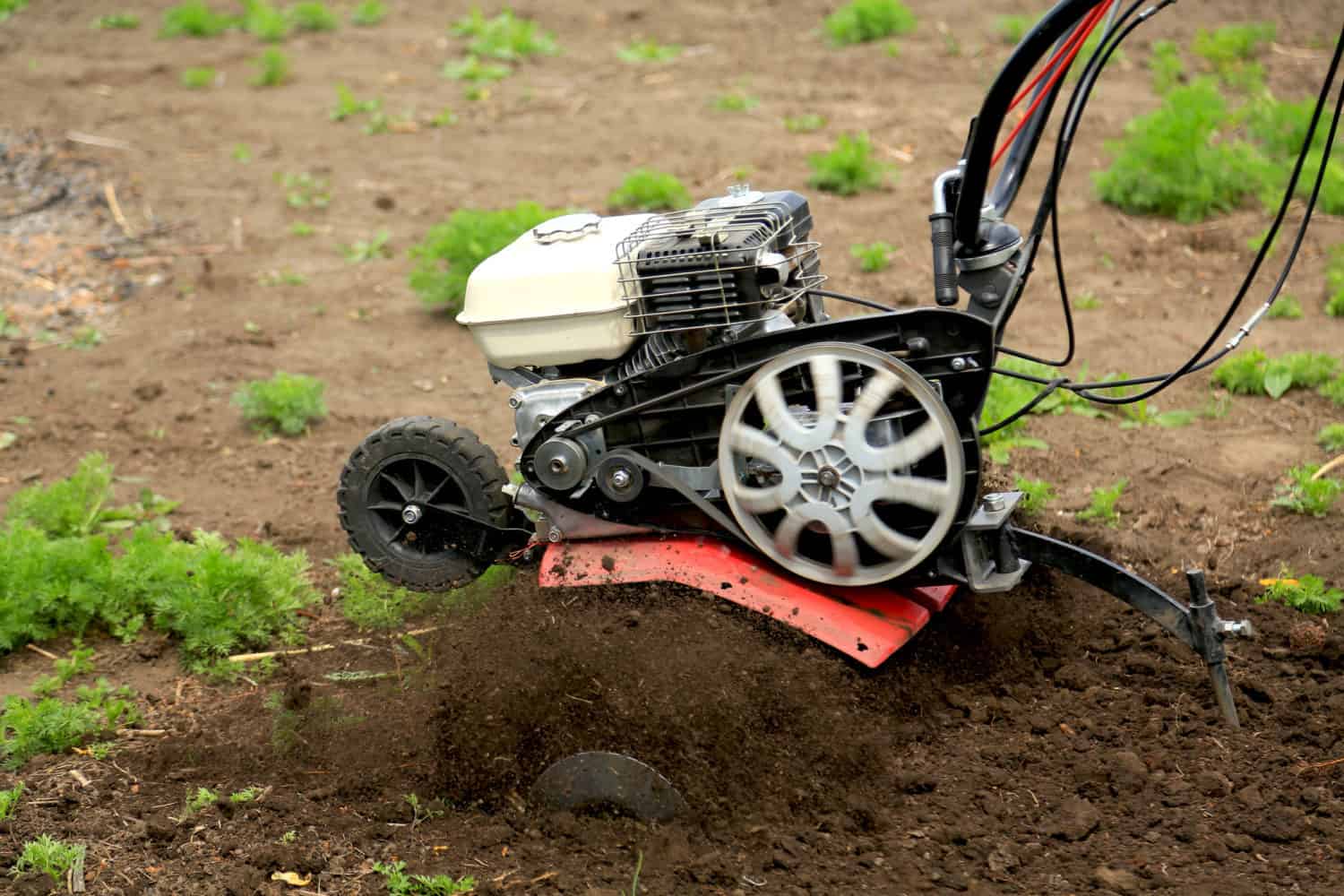The words “plowing” or “tilling” are often used interchangeably, though they are not quite the same thing. Experienced gardeners and farmers probably know the difference. However, if you are just diving into the planting and harvesting world, you are probably wondering what each of these terms means and which one your garden or farm needs.
You likely know that the condition of your soil directly impacts the harvest produced, so you need to take steps to ensure you have the healthiest soil available. Plows and tillers are two tools you can use to do so. They are both designed to improve soil, but there are important differences to know.
Contents
What is a Tiller?
A tiller is a manual, gas-powered, or electric-powered handheld tool with blades that dig into the earth. This digging breaks the soil into smaller pieces, which allows roots to reach farther down into the earth and lets more oxygen circulate. Most tillers require that you push and maneuver them, though there are some pull behind options for ATVs and tractors.
Benefits of Tilling
- The process of tilling helps to prepare and cultivate the soil for planting by digging into it, stirring it together, and overturning it for a better mixture.
- Tilling helps to mix any organic matter, such as manure, into the soil.
- It can help smooth out your garden if it is unsteady or uneven.
- Crop roots are able to plant more deeply in the earth, making them growing healthier and quicker.
- Tilling the soil can not only make it good for the current growing season but also keep it healthy and ready for the next growing season.
- Digging into the soil helps to unearth weeds and even helps prevent them from growing in the future.
Types of Tillers
There are several types of garden tillers to choose from.
Manual and Hand Tillers
These are tiller fully powered by you. They typically have a long handle and a set of spikes or prongs to penetrate the soil. Some also usually have a bladed wheel that mixes the soil you dig up but not all models do. You can also use regular garden tools like hoes, rakes, and shovels.
Front Tine Garden Tillers
Front tine tillers let you adjust the tine width to three choices, and the width is up to two feet wide. On front tine tillers, the tines rotate in a forward movement, going in the same direction as the wheels.
Front tine tillers weigh up to 130 pounds. To support the weight, they come with large wheels.
Mid Tine Tillers
With mid tine tillers, are similar to front tine garden tillers, but there are a couple of differences. One is that the tines are directly beneath the engine. This makes mid-tine tillers more balanced than others as well as more expensive than front tine models.
The design also makes a mid-tine tiller easier to maneuver. This makes it a good choice for tight garden spaces.
Rear Tine Garden Tillers
Rear tine tillers are larger than other models. This weight makes them harder to steer and maneuver but also more powerful. They are great for large gardens and smaller-scale farm plots.
Vertical Tine Tillers
Vertical tine tillers are a new type that provides one difference from the others. A vertical model’s tines cut forward as opposed to downward like its counterparts, which makes the vertical tine tillers easier to use and faster.
When to Use a Tiller
- Choose tilling when you need to improve the quality of your soil and want to help the germination process go faster but you don’t necessarily need a complete overhaul of your soil.
- Tilling is most often done during the spring season, but some farmers also till their soil in autumn. This typically comes down to the size of the plot and what precisely your soil needs.
- Tilling is the most popular choice in small spaces as plows are much larger pieces of equipment. They are usually saved for larger farm plots and gardens.
- Do not till your soil if it is too wet. Otherwise, the soil could clump up when it dries. Be sure to wait at least one to two days after it has rained.
- You should also not do any tilling when the soil is too dry. If this is the case, use a hosepipe to add moisture to the soil.
- Tilling too often- or over tilling- can harm your soil by making it too stiff and unable to retain moisture. A lack of moisture can be bad for any area but especially for dry climates. You should typically not till it more than twice a year. Sometimes just once a year is enough.
What is a Plow?
Plowing is a much more intense form of tilling. A plow digs down into the earth and turns it over, producing a completely new layer of soil. They are usually hooked to a tractor and work on a deeper and wider scale than tillers do.
Benefits of Plowing
- Plowing unearths worm colonies that are beneath the soil, bringing better drainage and more nutrients.
- When you till your soil, you bury the remains of any previous crop. This turns them into compost, which is very beneficial for your soil.
- Tilling also helps to dig up and control weeds.
- Plowing improves the flow of oxygen, helping plant roots grow and continually improving the condition of the soil.
- It mixes manure and any other organic manner on a deeper level, allowing all of the nutrients to reach the roots of the crop.
- The improved soil allows farmers to produce crops faster and take full advantage of even the shortest of growing seasons.
Types of Plows
There are different types of plows for reaching different soil levels and creating different soil rows.
Moldboard Plow
A moldboard plow has a large blade with a curved edge. The design allows it to dig deep in the soil and turn it, cutting it into rows and allowing oxygen to circulate.
Reversible Garden Plow
The design of the reversible plow is like that of the moldboard plow but with it has at least two blades. Those blades are set to turn in opposite directions. It makes the rows more even and quicker to handle.
Chisel Plows
Chisel plows consist of curved shanks that penetrate the soil without turning it over. The point is to reach the lower layers without disturbing the top layers in the process.
Disc Plows
A disc plow is one designed with a row of curved, revolving discs. Sometimes, the discs have smooth edges, so they simply slice right into the dirt. Other times, the discs have ridges or teeth that help dig into it. These steel discs are effective enough to penetrate even the hardest of soil.
Sub-Soiler Plows
A sub-soiler plow is another plow that focuses on the under layers of soil without turning the upper layer. However, a sub-soiler plow typically penetrates deeper than other options.
Ridge Plows
Ridge plows have double-winged blades that raise the soil into ridges or furrows. Ridge plows are only used for specific crops, such as potatoes.
When to Use a Plow
- Many farmers only plow in the fall, but it can be done anytime between your harvest season and your planting season. The idea behind plowing in the fall is that doing so allows all of the soil you overturn the optimal time to break down.
- Plowing is the more popular option when there is a large farm or garden plot to manage. The bigger and more heavy-duty equipment can make cut work time down tremendously.
- Although there are pull-behind tillers for garden tractors, lawnmowers, and ATVs to speed up work, plows provide a wider workspace.
- It is not a good idea to plow on windy days because the healthy, fertile soil that you unearth will likely blow away.
- Like tilling, plowing should only be done with the soil is moist- not too dry or wet.
- Choose a plow when you need to reach a lower level of the soil. While tilling only goes about a foot or less deep, plowing can go much deeper.
Conclusion
So which is best plows vs tillers? They both provide incredible benefits that can help you reach your gardening and harvesting goals. However, each has its own advantages and disadvantages to consider. Ultimately, choosing between plowing and tilling depends upon the size of your plot, the condition of your soil, and your overall needs.
If you’ve decided to go with a tiller, check out my post on How to Choose a Tiller.

